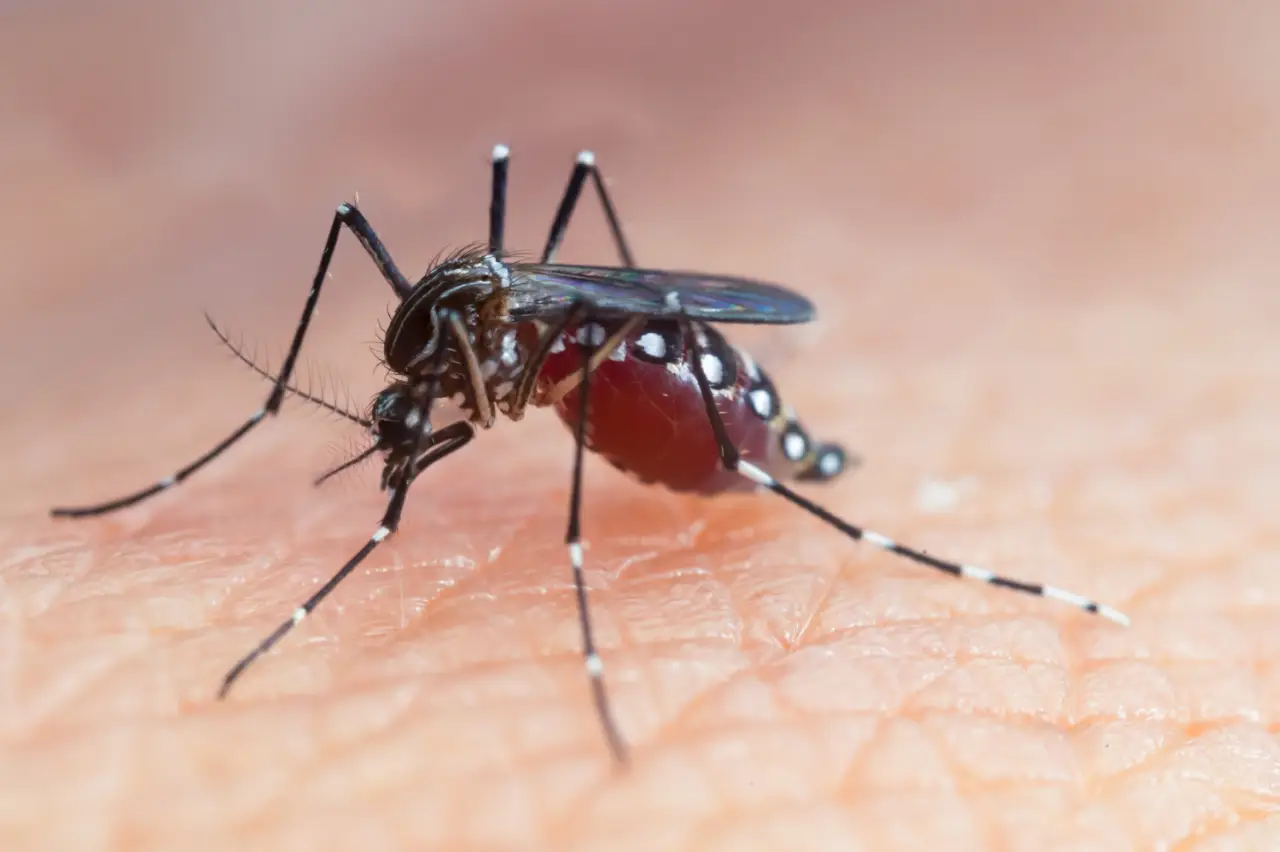Spain is experiencing its second-largest outbreak of the West Nile virus since it began tracking cases in humans in 2007.
As of now, there have been 38 reported cases, an 89% increase compared to the 21 cases recorded in all of 2023, with five deaths reported—two more than the previous year.
The West Nile virus outbreak is particularly impacting regions such as Seville and Extremadura, highlighting concerns about the spread of vector-borne diseases in the country.
The latest cases were reported in Extremadura, including a 60-year-old man currently in intensive care, along with a 41-year-old man and a 31-year-old woman. These add to the 35 cases already detected this summer in various municipalities across Seville.
Experts attribute this spike to increased “diagnostic sensitivity” following the COVID-19 pandemic and rising temperatures that lead to higher mosquito populations.
According to reports from the Carlos III Health Institute, the current numbers are approaching nearly half of the peak recorded in 2020, when 77 cases and eight deaths were reported. The outbreak in 2020 was considered “unusual” after two years without any notifications. The resurgence of cases is now raising alarms as Spain heads into the latter part of its West Nile virus season, which typically runs from May to October.
The Health Ministry’s national plan has already indicated that Spain is in an endemic situation regarding the West Nile virus. Factors such as favorable ecological and climatic conditions, migratory bird routes from affected areas, and proximity to endemic regions like Africa contribute to the virus’s circulation.
New Cases and Regions at Risk
Regions known for their vulnerability to the West Nile virus, such as the Guadalquivir marshes in Seville, La Janda in Cádiz, certain lake areas in Extremadura, and the Ebro Delta in Catalonia, are seeing new cases.
For the first time, the virus has also emerged in places like Barcelona, Cáceres, Huelva, Valencia, and Toledo.
This expansion suggests the virus could spread to new areas across Spain, making vigilance and preventive measures more crucial than ever.
As the virus circulates, horses on farms in the Guadalquivir basin, Extremadura, Castilla-La Mancha, Castilla y León, Catalonia, and the Valencian Community have also been affected. In Huelva, Seville, and Cádiz, this year’s outbreaks among horses have added to the complexity of managing the disease’s spread.
80% of Infections Are Asymptomatic
Approximately 80% of West Nile virus infections are asymptomatic, with fever and muscle aches being the most common symptoms among those who do experience symptoms. However, in less than 1% of cases, the virus can lead to severe neurological issues such as meningitis, encephalitis, or flaccid paralysis, and 10% of these cases may be fatal. Individuals with certain health conditions, such as diabetes, chronic kidney disease, hypertension, or compromised immune systems, are at higher risk of severe outcomes.
Currently, there are no vaccines available for human use against West Nile virus, and treatments focus solely on managing symptoms. Preventive measures include controlling mosquito populations, using repellents, and minimizing exposure during peak mosquito activity times, such as dawn and dusk.
The Spanish health authorities are on high alert and have been proactive in implementing preventive measures. However, with climate conditions and urban planning both playing a role in mosquito-borne diseases, more integrated efforts may be required to prevent future outbreaks.













